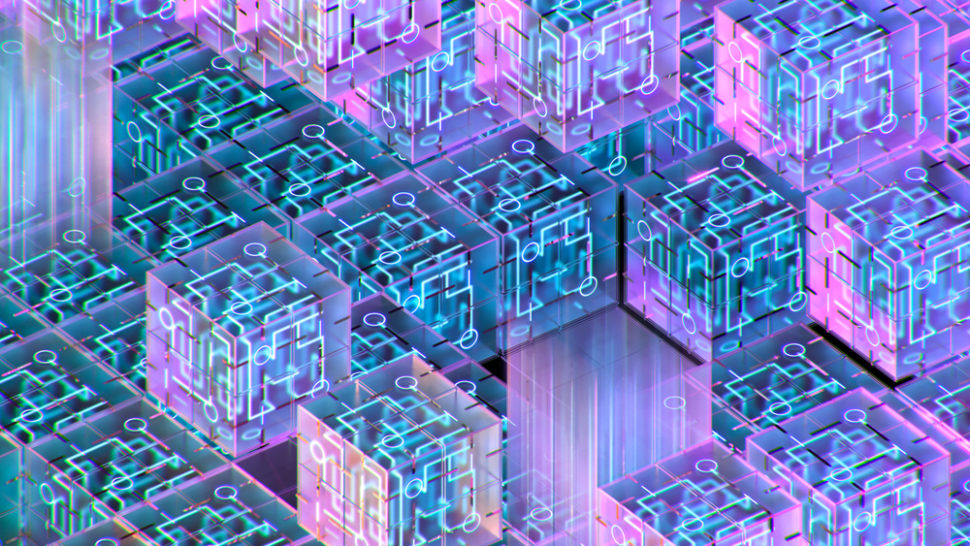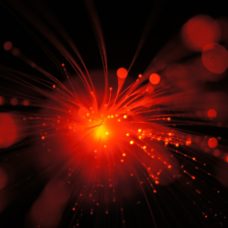In the race toward building practical quantum machines, many efforts focus on finding the “best qubit”.
Physicists explored many paths and discovered several qubit candidates.
There are qubits in the form of trapped ultracold ions, spin-based qubits, flip-flop qubits, superconducting qubits, and topological qubits, just to name a few.
However, none of these qubit types meets two prerequisites for practical quantum devices.
What if we could combine the best of different qubits into one hybrid quantum device?
Hybrid Qubits Bring Double the Power
For quantum devices to meet scalability standards, they need to overcome two time-related issues: initialization and coherence.
Quick initialization of qubits into a certain state defines the speed of the quantum device. Then, entangled qubits have to maintain a long coherence time to allow measurements.
In the search for a qubit that can do both, an international group of researchers might be on to a game changer — hybrid qubits.
The team didn’t discover a new kind of qubits per se, but propose hybrid qubits that allow quantum devices to take advantage of two different types of qubits.
Physicists and material scientists, led by researchers at the RIKEN Center for Emergent Matter Science in Japan (CEMS); “have created a device that can be quickly initialized and read out, and that simultaneously maintains high control fidelity.”
The first of the hybrid qubits is a spin-based qubit called a “Loss-DiVincenzo qubit”, which “has very high control fidelity…so that it will stay in a given state for a relatively long time before losing its signal to the environment.”
But if Loss-DiVincenzo qubits can maintain coherence long enough, they can’t initialize and read out quickly enough.
This is where the second type of qubit, known as a “singlet-triplet qubit”, comes in. This qubit’s coherence is too delicate against noise, but quickly initializes and reads out.
Using a controlled phase gate, the team successfully combined the hybrid qubits to work their magic.
Researchers think their hybrid qubits architecture will help overcome key hurdles standing in the way of scalable quantum computers.
To CEMS’ Akito Noiri, lead author of the study, their work demonstrates “that different types of quantum dots can be combined on a single device to overcome their respective limitations. This offers important insights that can contribute to the scalability of quantum computers.”



















Comments (0)
Most Recent